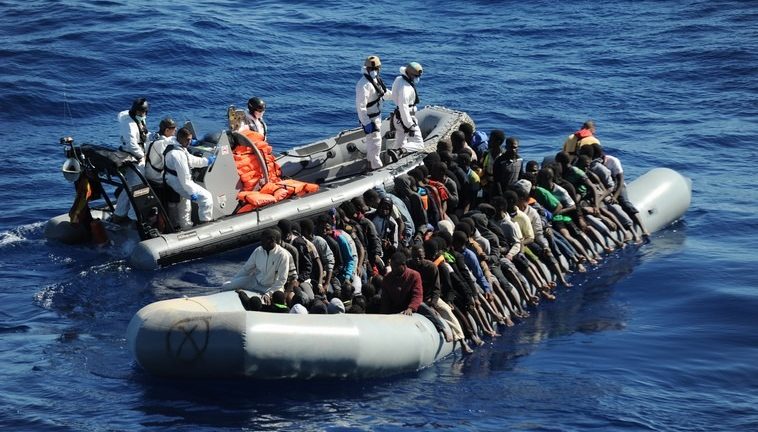Origin and Impact of Migrations in The Mediterranean on The Maghreb and Its Sub-Saharan and European Neighborhoods: A View From The South Shore
2 May 2019. From 18:30 | Workshop | English | IEMed, BarcelonaHow have the Arab uprisings and their consequences influenced migratory flows between Maghreb countries and their sub-Saharan neighbors? How has the European Union responded to the arrival of migrants and refugees? Has migrant smuggling and human trafficking in Libya become one of the resources of the war economy?
The scale of flows is unprecedented: in 11 years (2008-2018), 2.4 million disembarkations have been detected on the European Mediterranean coasts. This number has multiplied by 5 in a few years: from 482,300 in a first period (2008-2013) to 2,436,000 during a second period (2014-2018). Maritime routes have changed significantly on the three Mediterranean shores: 60% of disembarkations correspond to the eastern coast of the Mediterranean, 34% to the coasts of Central Europe (mainly Italy) and 6% to the western coasts ( Spain, mainly).
The priority in the EU is “to limit arrivals in Europe and outsource controls”. This results in “the disruption of humanitarian rescue missions in the Mediterranean, the establishment of financial aid to the Maghreb and African countries that are committed to blocking the flow of irregular immigrants to Europe and the funding of organizations of the United Nations for the repatriation of stranded migrants to North Africa “.
Hassan Boubakri, Professor of Geography at the University of Sousse (Tunisia) and an expert on international migration and Euro-Mediterranean relations, sheds a light about the complexities of this topic.







